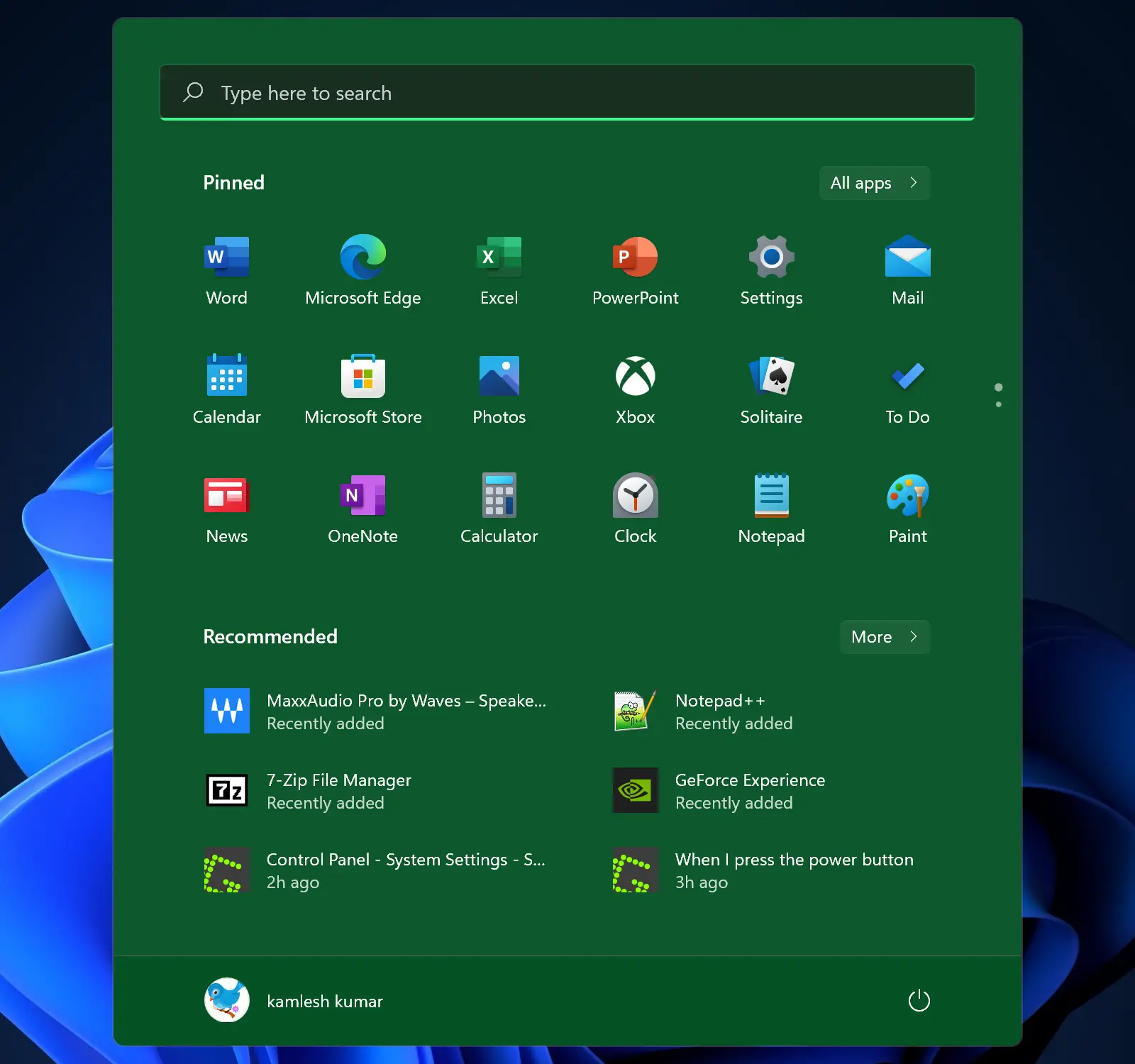


- #Where is the office orb button in microsoft excel how to
- #Where is the office orb button in microsoft excel update
- #Where is the office orb button in microsoft excel windows
It can do a lot more, but in this case, we really only want to use it to remove the Windows key from the Office key combinations.ĪutoHotkey installs a low-level keyboard hook that intercepts keyboard events before the rest of the system gets to them.
#Where is the office orb button in microsoft excel how to
How to Remap the Office Key With AutoHotKeyĪutoHotkey is a program for remapping keyboard keys to specific actions.
#Where is the office orb button in microsoft excel update
If you find a way to disable the app-specific shortcuts from the registry, let us know in the comments, and we’ll update this article. Unfortunately, there’s nothing similar we’ve found in the registry that would allow the app-specific hotkeys to be disabled, so you’ll need to remap those manually. This modifies the location that gets opened, preventing the app from starting whenever the key is pressed. Usually, when you press the Office key on its own, it opens up the Office app. Right-click your Start button and click “PowerShell” to open it: REG ADD HKCU\Software\Classes\ms-officeapp\Shell\Open\Command /t REG_SZ /d rundll32 Before we get started with AutoHotkey, there is one registry tweak you’ll need to enable by running the following command in PowerShell. There are, however, a few tweaks you can do yourself to either remap the key or turn the shortcut off altogether. Naturally, the fact that you can no longer press Hyper+Y without being taken to the marketing page for Yammer has made Hyper key users fairly upset. There’s no option in Settings, no registry tweak, and no group policy. Currently, there’s no built-in way to turn off these shortcuts. Unfortunately, out of the 27 available letter keys and spacebar, 10 of them are in use by the Office key shortcuts, with the possibility of Microsoft adding more in the future. Most people repurpose Caps Lock, but the Office key would replace the useless Right Windows key and turn it into something useful. Having a dedicated Hyper key on your keyboard would be great. or Windows+ to open the emoji panel, too.) The emoji key isn’t really a key itself it maps to the shortcut Office+Space, which you can press yourself to open the emoji viewer. Rather than implementing a new key, the Office key acts as all four modifier keys. Or, at least, it was-in Windows 10’s May 2019 update, Microsoft added preliminary OS support for the Office key before it was released to the public. This essentially gives you an entire keyboard worth of modifier keys for you to bind however you’d like, which is great. The thought behind this mapping is that no UX designer is going to be crazy enough to design an application that requires a user to press all four modifier keys at once. RELATED: How to Turn Your Mac’s Caps Lock into an Extra Modifier Key On Windows, the Hyper key is emulated with Shift+Control+Alt+Windows. On macOS, this maps to Shift+Control+Option+Command. Nowadays, the Hyper key is emulated with a combination of every modifier key. But the name is cool, and it stuck around as a term for an obscure modifier key that isn’t used by any applications. It’s practically a fossil. You won’t find it on any modern keyboard, and it isn’t supported in any current OS. Hyper was an old modifier key from way back when and was used on the Space-cadet keyboard for Lisp machines.


 0 kommentar(er)
0 kommentar(er)
